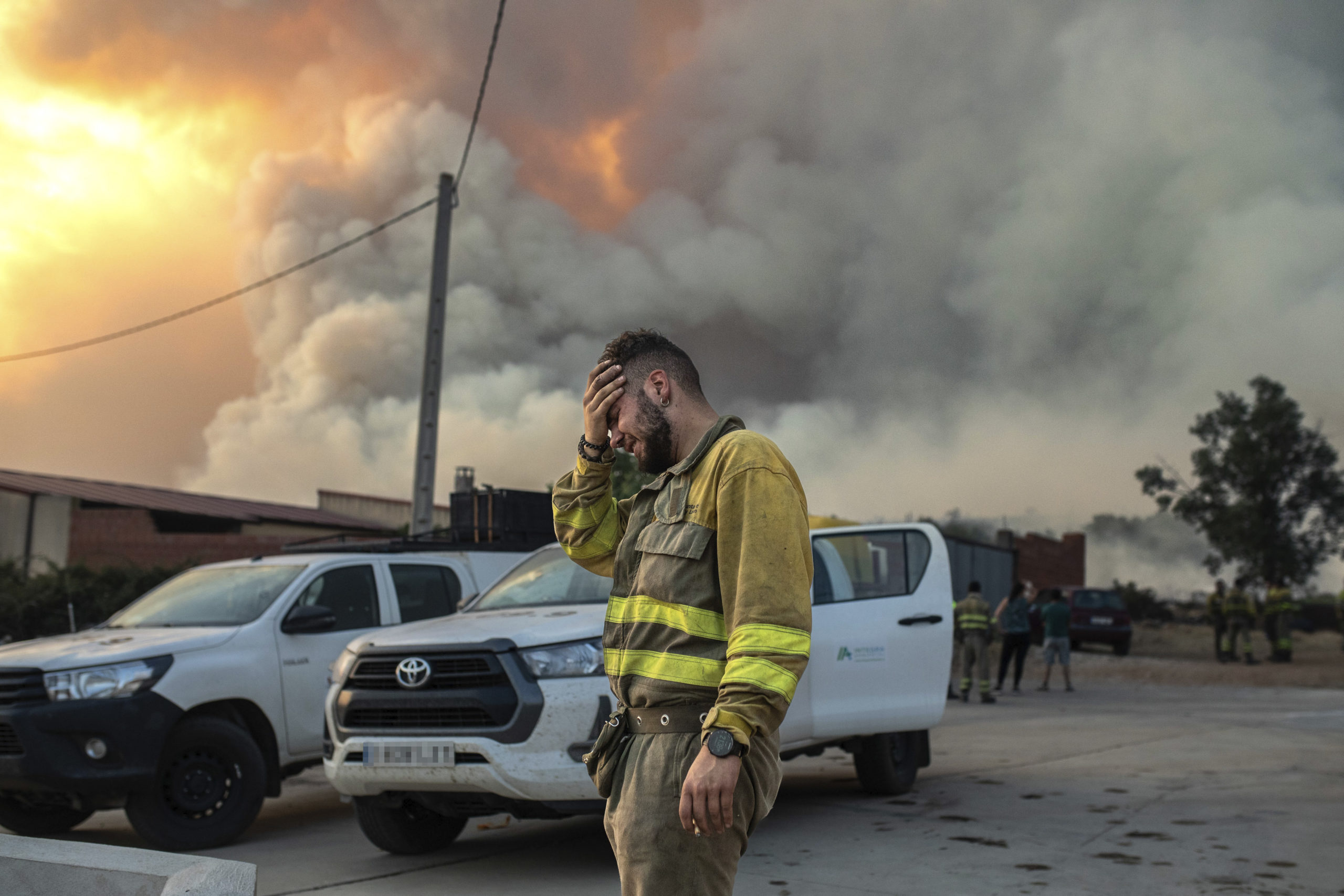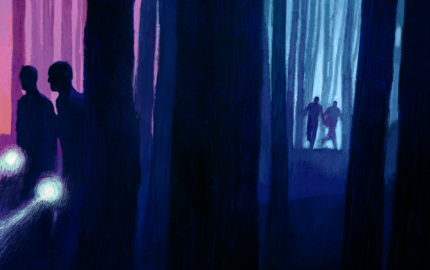From the senior editor
Hello,
I had a really hard time selecting a photo for Jill Hopke's piece titled "Everyone is a Climate Reporter Now." The problem was we had so many to choose from. There were images of the devastating floods in Pakistan that killed 1,500 people, of the aftermath of Hurricane Ian, and of wildfires burning out West last year — to name just a few potential events to pull photos from. We settled on an image of a firefighter in Spain (which you can see above), where wildfires were raging out of control last summer as Europe saw record high temperatures and an estimated 20,000 excess deaths thanks to a summer heatwave. You can see the smoke rising in the photo, but it's not the fire itself that underscores the seriousness of the situation. It's the expression of despair on the firefighter's face that drives the point home.
The ubiquity of images depicting flood, fire, and climate destruction reinforces the point Jill was making in her piece. The impacts of climate change are everywhere and affect every person. For journalists, that means that every reporter, regardless of their beat, has to understand how rising temperatures affect the fundamentals of what they cover. As Jill writes, "Rapidly rising temperatures and a corresponding shift in weather patterns is now the context for most, if not all, news stories. Transportation reporters need to understand how climate change affects infrastructure and contributes to delays, for example. Housing reporters need to explain the intersection of flood zones and insurance rates. Even sports reporters will need to make the connection between record temperatures and game cancellations, lost practices, and heat-related injuries."
So who will train reporters to understand the basics of climate change? Hopke, a professor of climate journalism at DePaul University, argues that it's time for journalism schools to step up both by updating their mandatory curricula to include instruction on the science behind climate change but also by offering low cost boot camps or workshops to open the opportunity to learn across the socioeconomic spectrum. In her classes, Hopke talks about the difficulty of communicating about climate change, covers weight-of-evidence reporting, false balance, and how to convey complex scientific material through visuals.
Hopke's class is just one model of how climate change could be taught to journalists. But the need is great, and time is running out. The impacts of climate change are quickly reaching catastrophic levels. The question is, how will we make sure the next generation of reporters and editors are prepared to cover it.
Until next time,
Laura Colarusso
Senior Editor



